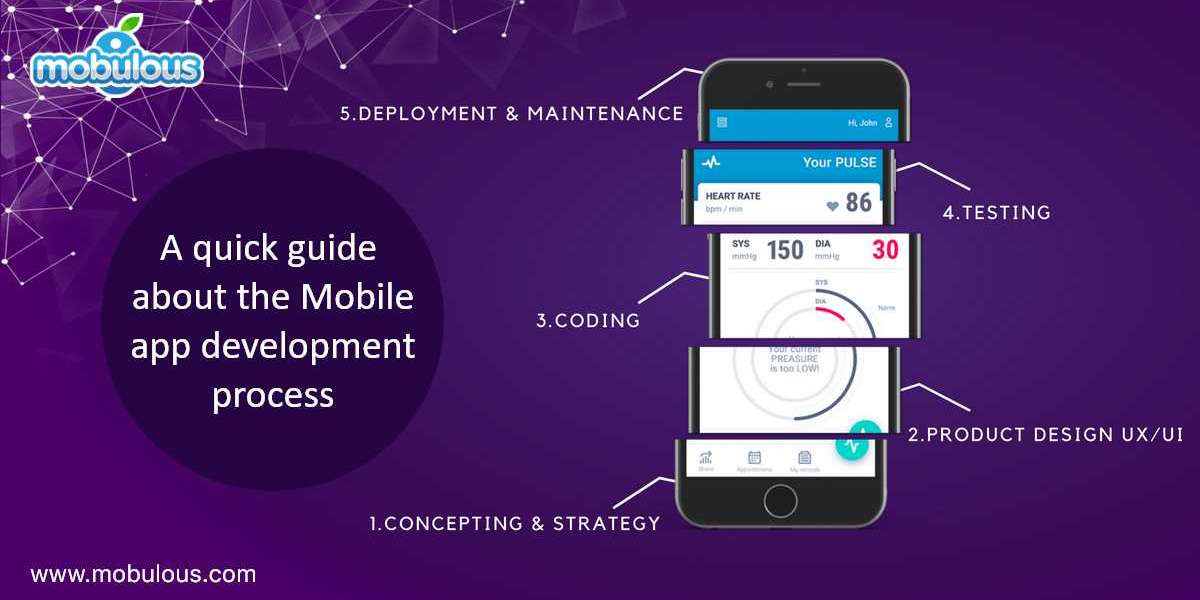Are you familiar with the remarkable capabilities of digital microscopes? In the realm of optical technology, they have revolutionized the way we observe and analyze microscopic details. By combining cutting-edge digital imaging with advanced optics, these devices offer numerous key features and benefits that set them apart from traditional optical microscopes. In this article, we will delve into the exciting world of digital microscopes and explore their advantages in various fields of research, education, and industry.
Unveiling the Key Features of Digital Microscopes
High-Resolution Imaging
Digital microscopes boast an impressive level of resolution, enabling users to capture highly detailed images of specimens. With their advanced camera sensors, these microscopes provide exceptional clarity and sharpness, revealing intricate structures and fine details that might otherwise go unnoticed. Whether you're examining biological samples, electronic components, or geological specimens, the high-resolution imaging capabilities of a digital microscope offer unparalleled precision.
Flexible Magnification Options
Unlike traditional optical microscopes that often require swapping out different objective lenses to achieve varying magnification levels, digital microscopes provide the flexibility of seamless digital zoom. By adjusting the magnification settings, users can effortlessly zoom in and out, obtaining a wide range of magnified views without the need for physical lens changes. This convenience and versatility make digital microscopes an invaluable tool in various scientific and industrial applications.
Live Image Display
One of the most significant advantages of digital microscopes is their ability to display live images in real-time. By connecting to a computer or other digital display devices, these microscopes allow researchers, educators, and technicians to share their observations with a broader audience. This feature is particularly beneficial in educational settings, where instructors can project the live images onto a screen, facilitating interactive learning experiences and promoting student engagement.
Image Capture and Analysis
A Digital microscope goes beyond real-time imaging by offering the ability to capture and store high-quality images and videos. This feature allows researchers to document their findings, create detailed reports, and share their discoveries with colleagues across the globe. Moreover, digital microscopy software often provides advanced image analysis tools, enabling users to measure dimensions, annotate images, and perform quantitative analysis. These capabilities enhance the efficiency and accuracy of research and analysis, making digital microscopes indispensable in scientific investigations.
Unleashing the Benefits of Digital Microscopes
Enhanced Ergonomics and User-Friendliness
Traditional optical microscopes can be physically demanding to operate, requiring users to maintain awkward postures and eye strain for extended periods. In contrast, digital microscopes offer improved ergonomics and user-friendliness. By eliminating the need to peer into eyepieces, users can comfortably view specimens on a computer screen at an adjustable angle, reducing fatigue and promoting long-term user comfort. Additionally, the intuitive controls and user-friendly interfaces of digital microscope systems streamline operation and make them accessible to users with varying levels of expertise.
Effortless Documentation and Sharing
With digital microscopes, the process of capturing, storing, and sharing images becomes seamless. Gone are the days of relying on hand-drawn sketches or cumbersome camera attachments. Digital microscopes allow instant image capture, which can be easily saved in various file formats and shared across different platformswith just a few clicks. This not only saves valuable time but also ensures the preservation of accurate and high-quality data. Researchers, educators, and professionals can effortlessly document their findings, collaborate with colleagues, and contribute to scientific advancements more efficiently.
Versatility and Connectivity
Digital microscopes offer enhanced versatility compared to their traditional counterparts. They can be easily integrated with other digital devices and imaging systems, allowing seamless data exchange and analysis. Furthermore, digital microscope software often supports additional features such as image stitching, time-lapse imaging, and 3D reconstruction, expanding the possibilities for research and experimentation. The ability to connect to external devices and software opens up new avenues for interdisciplinary studies and enables researchers to explore complex phenomena from different perspectives.
Cost-Effectiveness and Long-Term Savings
While digital microscopes may require a higher upfront investment compared to traditional optical microscopes, they offer long-term cost-effectiveness. Digital imaging eliminates the need for expensive consumables such as film or slides, reducing ongoing expenses. Additionally, the durability and longevity of digital microscope systems ensure that they require minimal maintenance and replacement, resulting in substantial savings over time. The ability to easily upgrade software and firmware also extends the lifespan of digital microscopes, keeping them up-to-date with technological advancements without the need for significant hardware changes.
In Conclusion
Digital microscopes have transformed the world of microscopy, offering unparalleled features and benefits compared to traditional optical microscopes. The high-resolution imaging, flexible magnification options, live image display, and image capture capabilities of digital microscopes empower researchers, educators, and professionals to explore the microscopic world with unprecedented precision. Moreover, the enhanced ergonomics, effortless documentation and sharing, versatility, connectivity, and long-term cost-effectiveness make digital microscopes a valuable asset in various scientific, educational, and industrial settings.
As technology continues to advance, a digital microscope is poised to further revolutionize the field of microscopy, unlocking new possibilities and discoveries. By embracing these cutting-edge tools, researchers and professionals can delve deeper into the intricate details of the microscopic realm and push the boundaries of knowledge and innovation.








